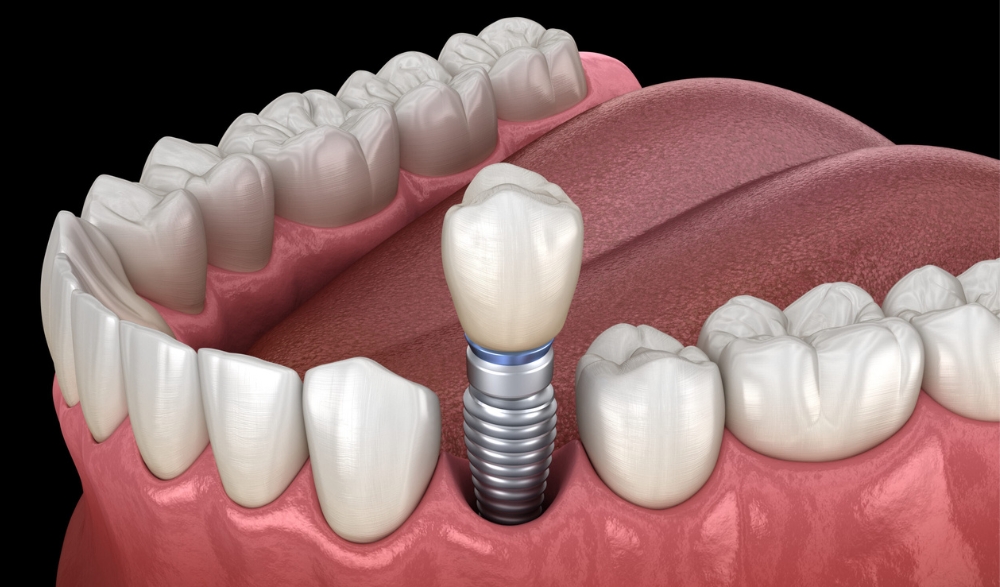Call Us Today 817-737-7668

After a root canal, most patients expect to be free from pain and discomfort. However, in some cases, complications can arise, and the tooth may not heal as expected. If you’re experiencing persistent pain or swelling, it could be a sign that something went wrong during the healing process.
In such situations, an apicoectomy might be necessary to save your tooth and ensure long-term oral health.
An apicoectomy is a specialized procedure that removes infection from the tip of the tooth’s root. It’s typically recommended when a root canal fails to resolve the issue, or if the infection resurfaces. Many people don’t realize that these signs can indicate the need for further treatment, and that’s why it’s crucial to recognize the warning signs early on.
This blog will walk you through the common symptoms that may suggest you need an apicoectomy and explain how the procedure can help. If you’re unsure whether your root canal was successful or not, keep reading to learn how you can get the help you need.
What Is an Apicoectomy?
An apicoectomy is a surgical procedure performed to address complications that may arise after a root canal treatment. When a root canal fails to heal properly or infection reoccurs, an apicoectomy can save the tooth by removing infected tissue at the root’s tip. This procedure is typically recommended when retreating the root canal isn’t enough.
- The process involves making a small incision in the gums to access the root tip.
- It differs from root canal retreatment, which involves reopening the tooth to clean out infection.
- Apicoectomy is essential in preserving the natural tooth, preventing the need for extraction.
By removing the infection at the root’s tip, this procedure can help avoid further complications and potentially save a tooth that would otherwise be lost.
Signs Your Root Canal May Not Have Healed Properly
After a root canal treatment, most patients expect a complete recovery, but sometimes issues arise. It’s important to pay attention to certain signs that could indicate your root canal hasn’t fully healed.
- Persistent pain that lingers even after the initial recovery.
- Swelling, tenderness, or visible abscesses near the treated tooth.
- Sensitivity to temperature changes, especially if it worsens over time.
These signs suggest that the infection may still be present or has returned, making an apicoectomy necessary. The goal is to address any underlying issues that prevent proper healing and to avoid further damage or tooth loss.
When Root Canal Failure Occurs: What Causes It?
Root canal failure doesn’t always occur right away, and several factors can lead to complications down the line. Understanding these causes helps identify when an apicoectomy might be needed.
- Undetected infections: If bacteria or infection is missed during the root canal, it can lead to future complications.
- Cracks in the tooth: Microfractures can allow bacteria to infiltrate, leading to infection even after a successful root canal.
- Leftover debris: If all infected tissue isn’t fully removed, it can cause reinfection, prompting the need for further intervention.
These issues compromise the success of the root canal, making an apicoectomy a viable solution to salvage the tooth.
Symptoms That Indicate the Need for an Apicoectomy
Recognizing the symptoms of a failed root canal can be the key to preventing further oral health problems. When certain symptoms appear, it may indicate that an apicoectomy is needed to preserve the tooth.
- Persistent or returning pain: If the discomfort doesn’t subside, even after the initial root canal.
- Swelling or abscesses: Recurrent swelling around the treated area may signal infection deep in the tooth’s root.
- Recurring infections: Despite proper initial treatment, repeated infections often indicate the need for an apicoectomy to remove the infection and protect the tooth.
An apicoectomy can provide the necessary intervention to stop the infection and prevent tooth loss.
How an Apicoectomy Fixes Root Canal Complications?
An apicoectomy is a focused surgical solution designed to fix root canal complications that traditional treatments can’t resolve.
- Incision and Access: The procedure begins with a small incision in the gum to access the tip of the root.
- Removal of infected tissue: The infected tissue at the root’s tip is removed, and the root is sealed.
- Healing: The gum is stitched back, and the healing process begins, often requiring minimal downtime.
By targeting the infection at its source, the apicoectomy restores the tooth’s health and offers a second chance for successful recovery after a failed root canal.
When to Consult Your Endodontist?
Early detection of root canal complications is crucial to preventing further damage and potential tooth loss. If you notice symptoms that indicate a problem, consulting your endodontist promptly is important for the best outcome.
- Persistent pain: Ongoing discomfort after a root canal may indicate the need for further treatment.
- Unhealed swelling or abscesses: If swelling or infection doesn’t improve, it’s time to visit your endodontist.
- Recurring infections: A tooth that repeatedly gets infected may require an apicoectomy for a permanent solution.
If you experience any of the symptoms discussed, don’t delay seeking professional care. An apicoectomy may be the solution to preserving your tooth and preventing further complications. Early intervention is key to ensuring the long-term health of your tooth. Consult your endodontist if you suspect your root canal hasn’t healed properly, and take action to restore your oral health before the issue worsens. Timely treatment can save your tooth and improve your overall well-being.





